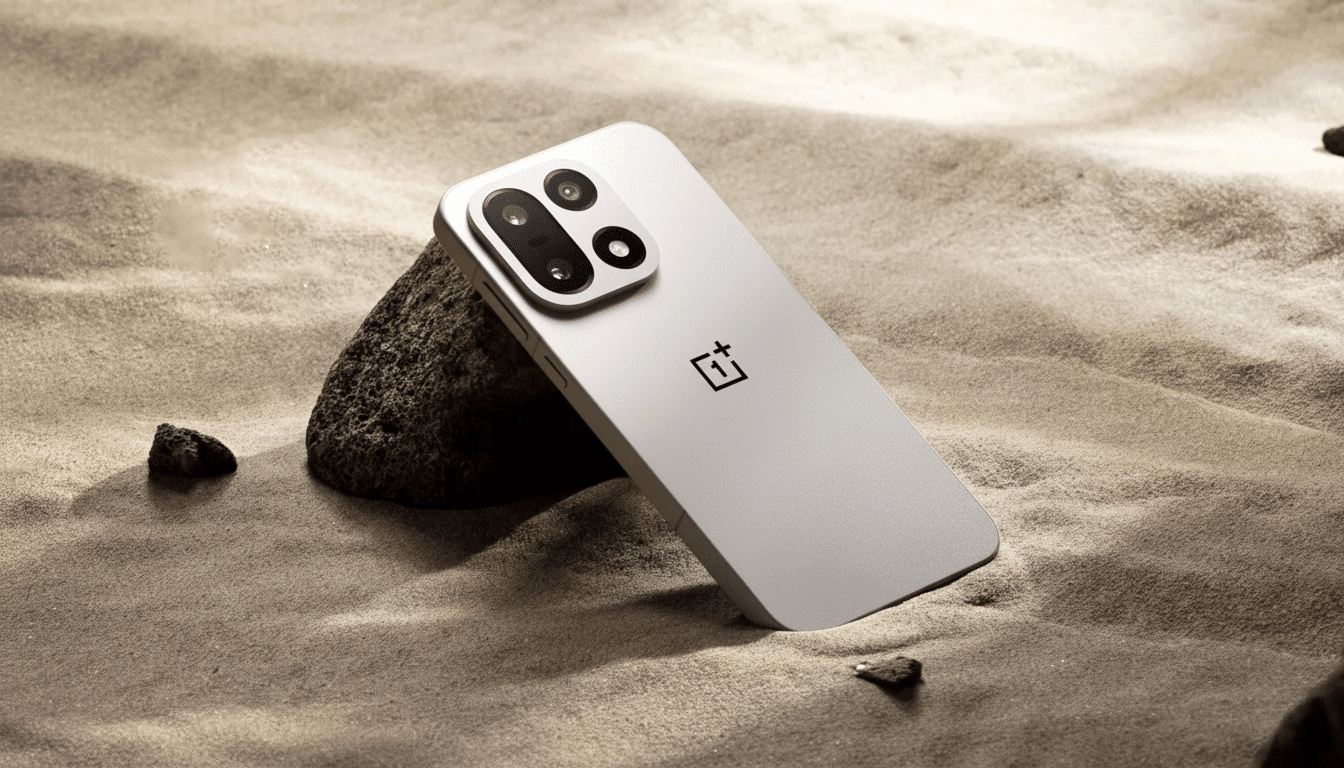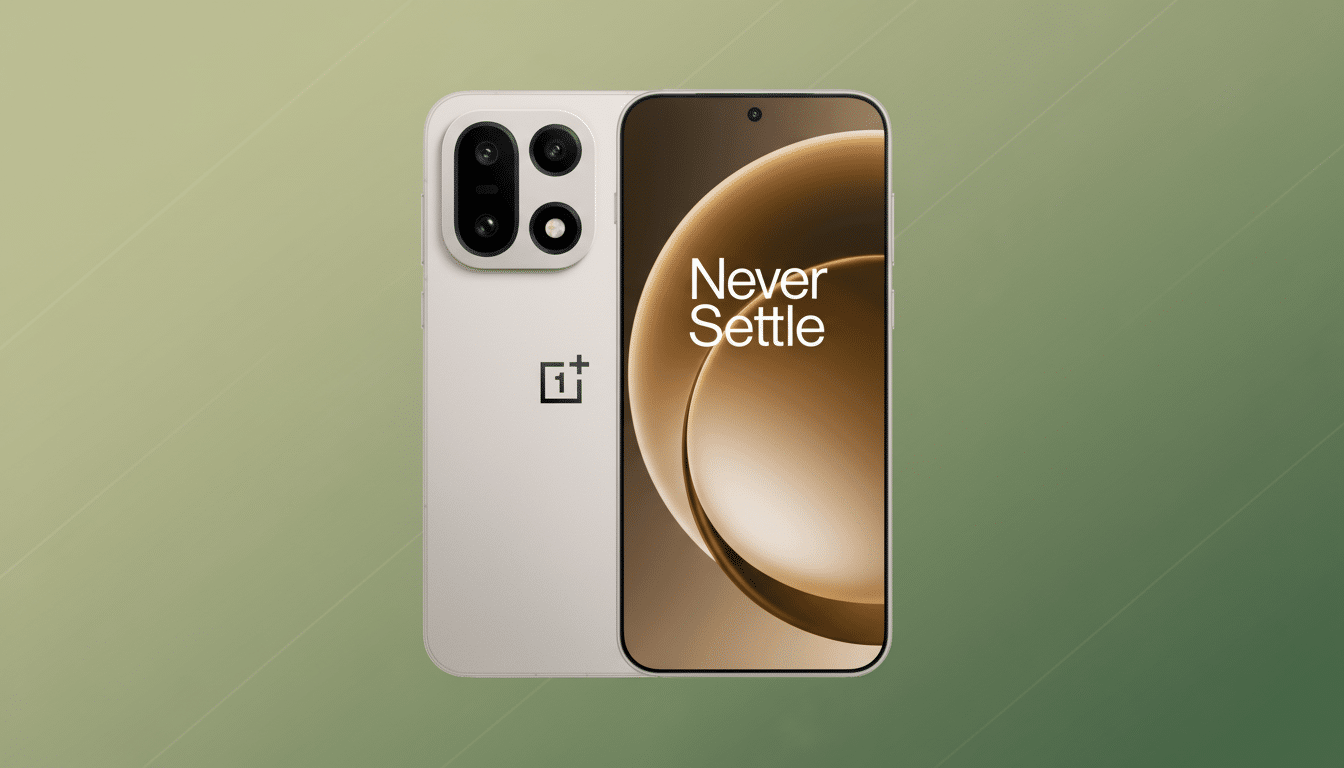On paper, the OnePlus 15 is a headlining act. On the road, it is the follow-up that no one requested. As the debut of the Snapdragon 8 Elite Gen 5 in the U.S. and as the device with a 7,300mAh battery, the 15 appears as if it is taking backward steps from the excellent OnePlus 13, especially with its camera applications, thermals, and software. At $899, this is pitched to power users.
But the truth that comes out after weeks of testing is a machine that sprints, overheats, slows down, then struggles back with enduring battery life—an unpredictable ride that the more consistent OnePlus 13 previously excused.

The more significant strategic issue remains: why ditch the loved model for a spec-first flagship that underperforms—in the one area enthusiasts notice—against its competitors. We explore where the OnePlus 15 excels and falls compared to its predecessor.
Performance and thermal behavior under load
The OnePlus 15’s Snapdragon 8 Elite Gen 5, coupled with up to 16GB of LPDDR5X and 1TB of storage, zooms briefly.
In line with the Primate Labs benchmark suite, Geekbench 6 single-core scores are comparable to the Apple A19 Pro, while multi-core parallels or outperforms Android opponents such as the Galaxy S25 Ultra. The issue is the overload: in both UL Solutions’ 3DMark Wild Life and Solar Bay tests, the phone abandoned and refused to finish various runs under sustained strain due to temperature.
Despite the best efforts of OnePlus’ 360 Cryo-Velocity Cooling and a beefy vapor chamber, they are unable to completely tame the heat. The 120fps gaming claims don’t really make sense, and even prolonged Chrome use warmed the chassis more than I’d like. The chipset is obviously powerful, but within this thermal envelope the phone has to tap the brakes sooner than the OnePlus 13 had to in identical conditions.
Display and build to win with odd choices
The 6.78-inch AMOLED panel is sharp, bright, and responsive, handling up to 165Hz for gaming, or a variable refresh between 1–120Hz in general use. But the resolution is a fall from 2K on the OnePlus 13 to a lower-res 1.5K—unlikely to trouble most eyes, but also a slide down on a spec sheet aimed at awing us.
Bezels are impressively narrow, measuring 1.15mm all around, by way of Low Injection Pressure Overmolding that reinforces the panel’s edges.
One thing that stands out is durability: IP68, IP66, IP69, and IP69K ratings are relatively rare at any price. But the design sacrifices the character of the 13 for a more monolithic, personality-free slab, and that iconic alert slider is nowhere to be found—in its place, a customizable Plus Key that feels only one step away from Apple’s own Action Button. A SIM slot remains, thankfully.

Camera performance eases up after tuning changes
The camera system disappoints where it matters. Its sensors are, on average, smaller than the OnePlus 13’s—a 50MP main sensor at a slower f/1.8 aperture (and a slightly larger 1/1.56-inch size versus the OnePlus 13’s original), a tighter field of view for the telephoto lens, and an ultrawide that’s wider yet sits on a smaller sensor. Less light, less cropping latitude, and less consistent long-range detail are the practical results.
The end of the Hasselblad partnership brings OnePlus’ new DetailMax Engine, which can swing from very pleasing daytime color to aggressively sharpened and flatter contrast at mid-to-long zoom ranges. Ultrawide is good and video gets a boost from 4K Dolby Vision at up to 120fps and 8K at 30fps, but stills—the OnePlus 13’s calling card—are no longer an absolute advantage.
Purposeful charging and a battery built for longevity
The 7,300mAh silicon-carbon pack is the star here. Under controlled drains, the OnePlus 15 delivered class-leading longevity for 4K video playback and continued video calls without trouble, coasting through a solid weekend of maps, streaming, and photos without needing any top-ups. This is the flagship that makes battery anxiety seem quaint.
Then there’s the wired charging—which is as blistering as you’d expect: with that in-box 80W SuperVOOC brick filling up the bigger battery only minutes slower than the OnePlus 13, and much quicker than most recent iPhone and Pixel flagships (the Galaxy S25 Ultra’s like-for-like 5,000mAh refill gets beaten by around 15 minutes). Wireless is achieved at up to 50W using the brand’s own stand, but issues remain with setup.
Software and support undercut the overall pitch
OxygenOS 16 is a bit busier than last year’s build, with heavier animations and some visual motifs that lean more toward its corporate sibling’s design language. New AI tricks—Mind Space for journaling and planning, pass scanning, and portrait relighting—are good innovations, but they’re not best-in-class compared to the alternatives Samsung and Google now offer on-device.
Update policy is a bigger miss: four Android version upgrades and six years of security patches don’t compete well against seven-year promises from top-tier opponents. For a phone that is sold on longevity—battery capacity, life, and strength—that’s a mismatch that’s difficult to overlook.
Verdict: buy the OnePlus 13 instead of the OnePlus 15
The OnePlus 15 is a contradiction: incredible battery life, a silky-smooth display, and flagship silicon are offset by heat handling, dialed-back cameras, and lesser support. If you don’t absolutely need the latest chipset, the OnePlus 13 is still a more fully realized phone, and hence the better buy. It yields more consistent shooting, stays cooler under pressure, and maintains the brand’s signature touches that power users actually appreciate.

